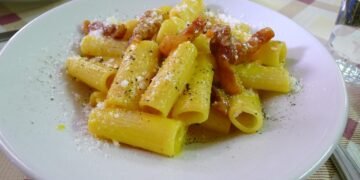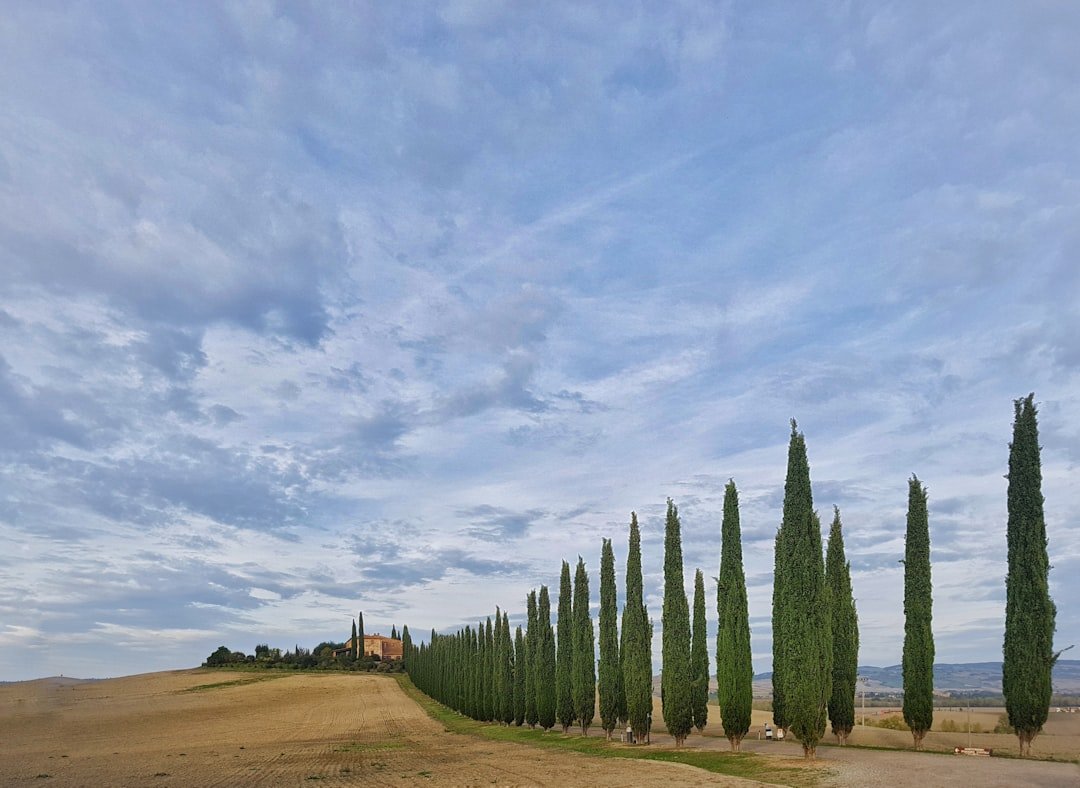Tuscan Cuisine: A Distinctive Pride of Italy
Tuscan cuisine is incredibly distinctive and differs remarkably from other regions in Italy. Popularly known for its simplicity andUse of fresh, high-quality ingredients, the food in Tuscany is deeply anchored in its agricultural roots and the philosophy of ‘eating what you grow’.
The Philosophy of Tuscan Cuisine
Tuscan cuisine, or la Cucina Toscana, sticks to its basic yet sturdy roots. This humanities-driven food culture prizes the bounty of the land and the seasons and places immense importance on the quality of ingredients over complex preparation techniques or heavy seasonings.
Difference in Ingredients
The selection and use of ingredients distinctly sets Tuscan cuisine apart from food in other Italian regions. Primarily, Tuscan dishes are characterized by legumes, bread, cheese, vegetables, mushrooms, fresh fruit, and extra virgin olive oil.
Bread in Tuscan Cuisine
History has it that bread is integral in shaping Tuscan cooking. Remarkably, Tuscans prefer unsalted bread, making their loaves noticeably different from other regions. The tradition extends from historical times when salt was a costly commodity. Nowadays, the unique flavor of Tuscan bread finds its place in numerous local dishes such as Ribollita, Panzanella, and Pappa al Pomodoro.
| Dish | Description |
|---|---|
| Ribollita | A hearty soup made with bread and vegetables. |
| Panzanella | A Tuscan bread salad, ideal for summer. |
| Pappa al Pomodoro | A thick Tuscan soup typically prepared with fresh tomatoes, bread, olive oil, garlic, and various fresh basil. |
Use of Meat
Unlike Emilia Romagna, which heavily relies on cream-based sauces, Tuscan cuisine is more about grilled meats. Be it the popular Florentine Steak or the use of game meat in dishes, Tuscan cuisine celebrates a direct, muscular connection to the land.
Florentine Steak
The Florentine steak, or the Bistecca alla Fiorentina, is a T-bone steak sourced from the Chianina breed of cattle – one of the oldest cattle breeds in the world. These steaks are traditionally cooked over a wood or charcoal fire, seasoned with nothing more than olive oil, salt, and pepper, producing a flavorful and tender piece of meat.
Humble Wines
Tuscan pasta dishes may be simple, but their wines are appreciated worldwide. Chianti, one of the most recognized and exported wines from this region holds a particular reputation. Vineyards spread across the rolling Tuscan hills, producing some of the best wines, which perfectly pair with dishes from the region.
Conclusion
In a nutshell, Tuscan cuisine thoroughly captures the beauty of Italy’s gastronomical landscape with its straightforward approach, locally sourced ingredients, and simple yet robust flavours. A trip to Tuscany is incomplete without savoring the distinct taste and authenticity, which sets it apart from other Italian regions.
























